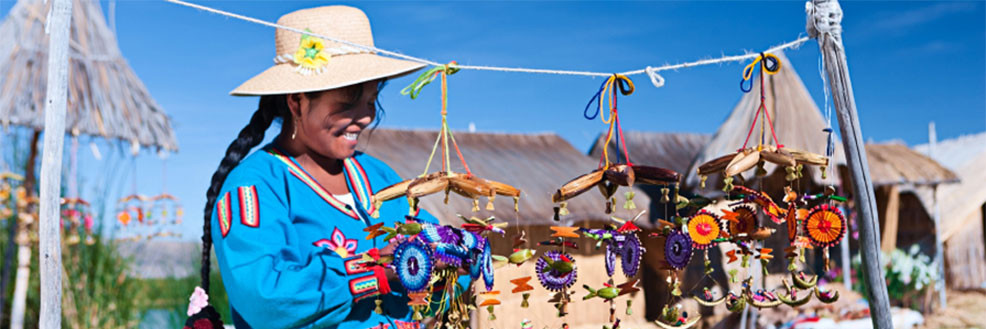by Maya Unnithan, Hayley MacGregor & Jackie Cassell
The lightning emergence of Zika virus as a World Health Organization (WHO) designated global emergency comes just as the Ebola crisis in West Africa appears finally to be under control. There is no doubt that re-emerging infectious diseases are here to stay on the global health priority list.
The Zika story brings to mind other accounts of changing disease ecologies and shifts in interactions between humans, organisms and vectors such as mosquitoes. At present there is much speculation about factors behind the spread of the Zika virus into new regions.
The rapid response in Latin America has been to intensify eradication measures against a mosquito species already associated in this region with diseases such as dengue. There has also been focus on the development of vaccines, on rapid and reliable testing, and the need for fast tracking of research and trials. However, as highlighted by the UN High Commissioner for Human Rights we wish to draw attention specifically to issues related to sexual and reproductive health and rights raised by this outbreak.
A broader view of disease outbreaks
The Zika outbreak brings to the fore the importance of understanding the social and political environments in which (re)-emerging infections spread and which influence policy and the effectiveness of responses, as emphasised also by research in the Dynamic Drivers of Disease in Africa Consortium. Aspects of the political economy that attracted considerable interest in the case of Ebola were the backdrop of post-conflict settings, and fragile health systems.
Zika brings to the surface questions about how to sustain basic public health measures in terms of control of the mosquito vector and coordinate these across a region – mosquito eradication is not a simple task, for instance, in large, urban informal settlements. Heavy spraying with powerful insecticides potentially carries its own health risks.
The sexual hinterland for Zika problematises control of a mosquito-borne disease and sharply highlights questions of sexual and reproductive health and rights and the ways in which social, cultural and political environments shape epidemics and public health responses to them. How might Zika shift the debate about thorny questions such as the right to abortion in Latin America, and societal controls on sexual behaviour more generally?
Zika virus and Sexual and Reproductive Health and Rights
A seemingly unprecedented number of babies born with microcephaly in Brazil gave us the first clue of Zika, as the symptoms manifested by those infected by the virus tend to be non-specific. The microcephaly link is suspected though not yet proven. It has meant, however, that pregnant women are seen as uniquely vulnerable due to the risk Zika presents to the developing foetus. The majority of countries which have active Zika transmission in Latin America are where abortion is either illegal or illegal with exceptions. The number of unsafe abortions and related maternal morbidity following the microcephaly scare is set to rise according to reproductive health campaigners in the region, prompting urgent calls for reviewing restrictive abortion laws.
Sexual transmission – previously documented for Zika but now also believed to have occurred in Texas – raises new fears and challenges for control. “Sexually transmitted infections” is a term used where infections can be maintained in populations only through sexual contact. These have a familiarity and characteristic apparatus of control. However “aberrant” transmission, where infections such as Zika, hepatitis C, tuberculosis, measles and others are occasionally sexually transmitted, but maintained through other routes, challenges the borders between established control measures. Sexual transmission of such infections tends only to be noticed in low incidence settings, when it can be distinguished from the predominant route. So it is unsurprising that sexual transmission is suspected in Texas which is not an epidemic area and where acquisition from mosquitoes is implausible. Similarly, sexual transmission of Ebola came to light late in the epidemic at the point when other routes could confidently be excluded, creating new forms of stigma for survivors as suspected long term transmitters of the disease.
As in other contexts of previously emerging disease such as HIV, the effects of weak state support make the burden of disease heaviest for the poor and marginalised. Should poor families or single women have to bear the additional economic cost and stigma of bringing up a disabled child? These dimensions of the current situation and the implications for public health messaging should be considered alongside the speculation about the micro-level dynamics and spread of organisms, or the reduction of mosquito populations.
—
This blog was written by members of the Centre for Cultures of Reproduction, Technologies and Health (CORTH), University of Sussex


Leave a Reply